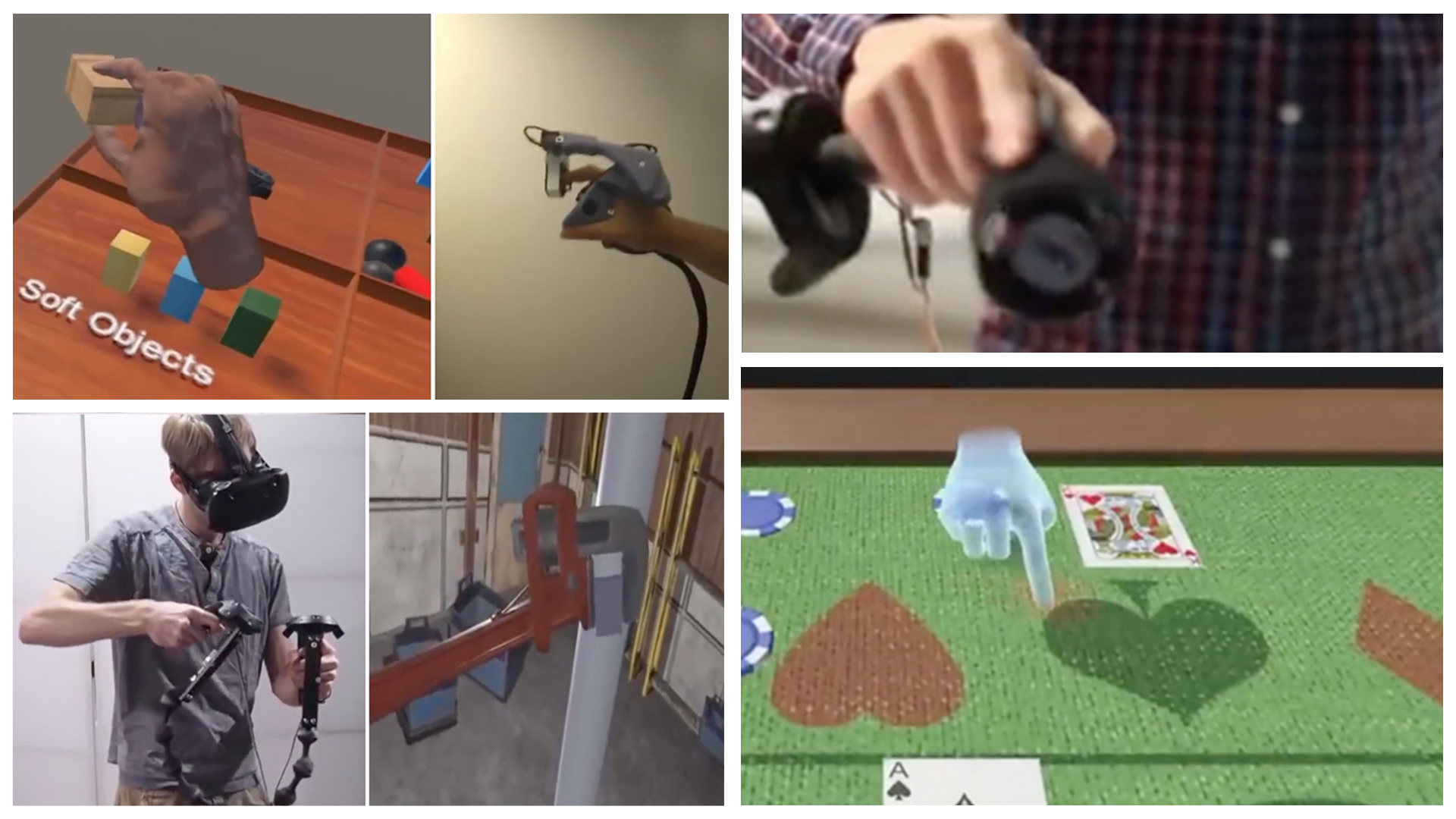
The United States, along with much of the world, is in the midst of an economic transition from manual to intellectual labor. The changing nature of work, including the automation of labor, is an important issue facing society, with implications not only for our standard of living but also for socio-economic and political divisions.
With this backdrop in mind, at Microsoft Research we hope to augment the study of employment in the U.S. Traditionally jobs worked are inventoried by the government through the U.S. Census Bureau and the Bureau of Labor Statistics. Using a variety of measurement techniques, these agencies monitor job numbers, positive or negative, across a complex taxonomy of employment.
Spotlight: Microsoft research newsletter
Given that a majority of people use Internet search as part of their job search, in research presented at the CHI 2018 conference we explored whether we could use Bing searches, anonymized and aggregated, to augment these traditional approaches to surveying the shifting employment landscape. The use of Internet search data provides several advantages, including the ability to update employment measures in near real-time, to measure at significant scale, both in terms of population size and geographies covered, and finally to understand intent to change jobs that may or may not be realized.
Together with Stevie Chancellor (opens in new tab), an intern from Georgia Tech, we started by classifying almost a quarter of a billion job search queries (sampled from 2015 – 2016) into employment sectors, such as retail, transportation, technology, education, healthcare and so on. To do so, we first created very carefully curated dictionaries of job titles to roughly categorize searches that contain those job titles (for example, “nursing jobs in Seattle”) into one of the employment sectors (healthcare). We then trained a support vector machine learning model that used word embeddings representations of search query text to better disambiguate job searches and find new job searches not in our dictionaries (for example, “rn jobs in Seattle”). The overall performance of the classifier was quite high (.967 F-1 on a test dataset). Some hypothetical representative search queries can be found in the table below.
How Job Searches Relate to Demographics
Importantly, we wanted to understand how job searches in the different employment sectors relate to various demographics. We examined some of these relationships at U.S. county scale and present a couple findings here while encouraging the reader to see our full paper (opens in new tab) for additional findings.
Is there an urban advantage for job prospects?
Broadly speaking, high population counties correspond to urban environments that may offer more options for employment, particularly in “new economy” areas such as the technology sector. Our research corroborated this, showing significantly more searches for business, finance, and technology jobs among others, in counties in the top quartile of population. Conversely, we see more searches for construction, education, manufacturing, and transportation jobs in counties in the bottom quartile of population. As shown in Figure 1, where each dot represents a U.S. county, we also see that as population increases (x-axis) the diversity of job searches increases (lower values on the y-axis), indicating that people in more populated areas at least feel that there is a wider array of job opportunities. However, once a county hits a population of about 50,000, that job search diversity levels off, potentially suggesting an inflection point for job diversity as a function of population.

Figure 1. – Diversity of job searches as it relates to population across U.S. counties.
Are Poorer Counties Stuck in a Vicious Cycle of Lower Paying Jobs?
An important question is whether “all boats are rising” in the transition to the new economy. Do people in areas with a greater percent of people working lower wage jobs feel like they can move to higher paying jobs? To get at this, we compared the percent of people working jobs according to the Bureau of Labor Statistics and the percent of people searching for jobs according to our data, segmented into wealthier and poorer counties. While we do see some evidence of vicious cycles, such that people in poorer counties are both working and searching for jobs in lower paying sectors like retail and transportation, the differences in what people search for suggest that searchers from the poorer counties do aspire to shift to higher paying sectors. For instance, as shown in Figure 2, poorer counties are dominated by retail work, yet the skew of searches for retail work is only minimally skewed toward poorer counties.

Figure 2. – Job searches vs. jobs held, by employment sector, as related to poverty level across U.S. counties. Higher/lower bars indicate a skew toward higher/lower poverty counties. For instance, the percent of jobs in the retail sector skew by about 3% toward higher poverty counties, while the skew of searches for retail jobs skews toward higher poverty counties by only about half of one percent.
Summary
In summary, we utilized jobs search queries on Bing to explore demand for employment at county scale in the United States. Among other findings discussed in a recent CHI 2018 paper, we saw that job search diversity correlates with population up to populations of about 50,000 people and that people in lower income counties also were searching for higher paying jobs even if they worked disproportionately in lower paying sectors (retail).
New Interactive Science Experience
As a companion to our research paper at CHI 2018 (opens in new tab), we’re launching website that lets you explore this aggregate job search data in an interactive article format. Our long-term goal is to re-think the way we communicate our research results. In the future, we believe scientific articles will be much more interactive, supporting rich visualizations with real-time data analysis and inference. With Microsoft Research Interactive Science (opens in new tab), we’re taking a modest step in that direction.
Explore the data on your own and let us know what you discover!





